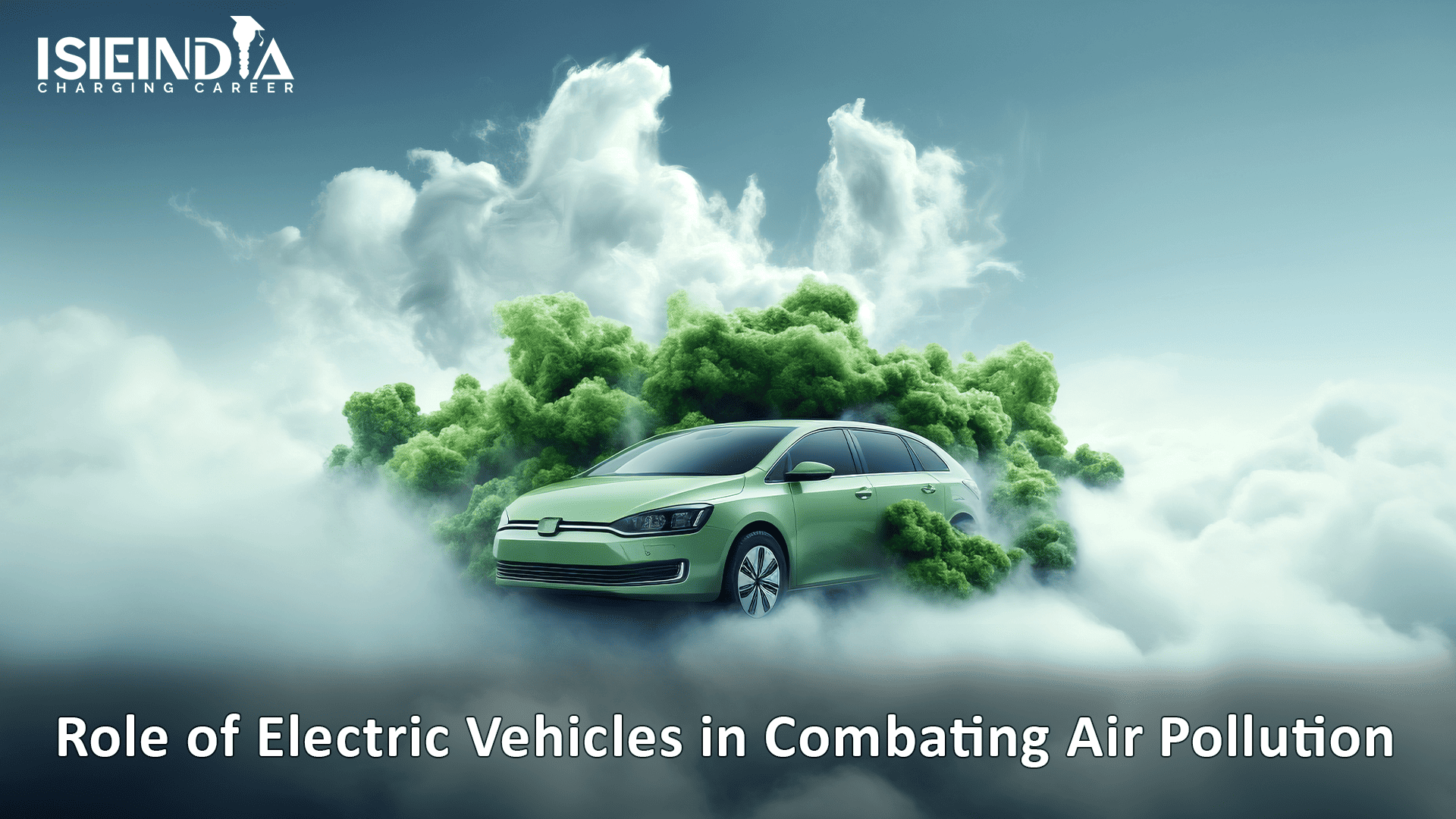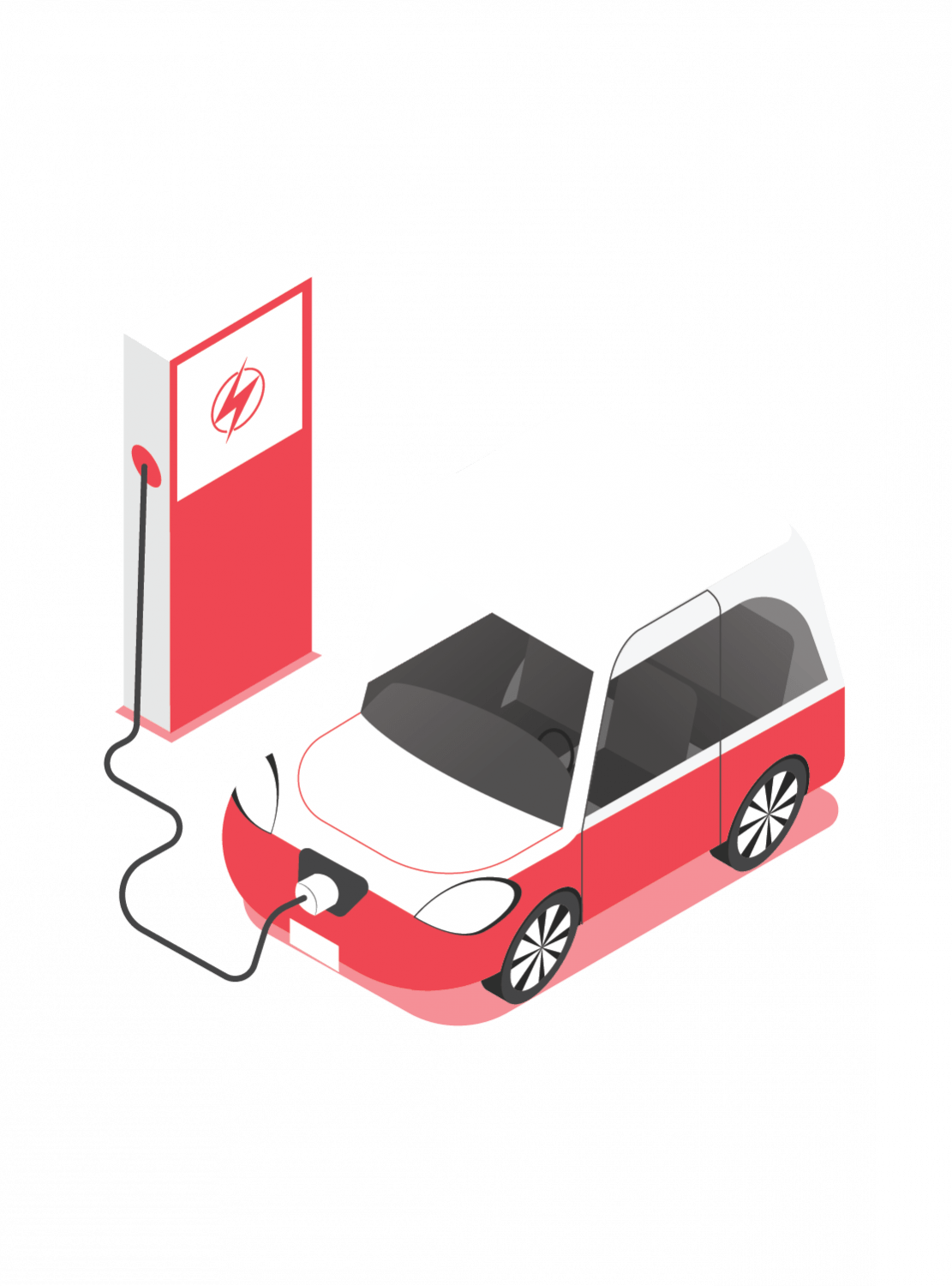The Role of Electric Vehicles in Combating Air Pollution in Indian Cities
If you’ve ever stepped out into a Delhi winter morning, you know the smog isn’t just in the air—it is the air. You don’t merely see it; you breathe it in, feel it settle on your skin, and carry its weight long after you’ve gone indoors.
What was once a seasonal inconvenience has morphed into a full-blown public health emergency. With 14 out of the world’s 20 most polluted cities located in India, the question isn’t whether we need to act, it’s how urgently we can.
This is where electric vehicles (EVs) enter the scene. They may not be the ultimate solution to our environmental crisis, but they’re undoubtedly a vital step forward, a real chance offering cities a shot at cleaner air, healthier lives, and a reimagined future.

Why Indian cities need a new way to move
When we think about air pollution, we often blame factories and industrial waste. But in urban India, a large portion of this toxic burden comes from our roads. Two-wheelers, diesel buses, outdated trucks may move goods and people daily, but at the cost of spewing carbon monoxide, PM2.5, and nitrogen oxides into the air we breathe.
EVs offer a clear edge here. Unlike petrol or diesel vehicles, they produce zero tailpipe emissions. That alone makes them a compelling option for cities gasping for cleaner air. But the true potential of EVs goes beyond the absence of smoke and noise, it’s not just in what they don’t emit, it’s in what they can enable.
EVs: Not just machines, but a mindset shift
An electric vehicle isn’t just a cleaner, quieter version of your car. It’s a symbol of innovation, of intent, and of a future that prioritizes sustainability over speed, and community well-being over convenience.
Picture this:
- No noise pollution.
- No choking exhaust.
- Lower urban heat emissions.
- Reduced reliance on imported oil.
- And if powered by renewables? A genuine leap toward sustainability.
Cities like Pune, Surat, and Bengaluru are already showing the way. E-buses are cutting down emissions from daily commutes. E-rickshaws are replacing smoke-belching autos in cramped lanes. Silent electric delivery fleets are weaving through traffic without adding to the fog.
It’s not a pipe dream, it’s happening. But not without its hurdles.
What’s holding us back?
The road to widespread EV adoption is not smooth. Three words: Infrastructure. Affordability. Awareness.
Launching EVs is just the beginning. We need a nationwide network of reliable charging stations, price points that make EVs accessible to middle-class consumers, and most importantly, a workforce trained to support, repair, and innovate within the ecosystem. This is where grassroots innovation becomes critical. The future of EVs in India won’t be built only in multinational boardrooms, it will also emerge from small towns, university labs, and makeshift garages where ingenuity meets necessity.
Powering change through people
At ISIEINDIA , we’ve seen how big ideas often emerge in places with limited resources but limitless ambition. Our Centers of Excellence are more than just training hubs, they’re launchpads for young change makers. We don’t just teach skills; we build mindsets.
Take the story of a student team from a Kerala college: they designed a self-charging electric bike using solar panels and regenerative braking, not as part of a big corporate-funded project, but as a college prototype. No waiting around for internships. They became innovators before graduation. That’s where the real change is brewing—from the ground up. In the classrooms, in the curiosity of students, and in the commitment of communities who are tired of waiting for top-down solutions.
EVs alone won’t solve the problem — but they’ll light the way
Let’s be realistic. Electric vehicles can’t clean the air on their own. We need tougher emission norms, smarter public transportation, better urban planning, and a serious transition to green energy. But EVs spark belief. They’re visible proof that alternatives work. That the status quo can shift. That innovation and sustainability aren’t buzzwords, they’re actionable goals.
And often, that spark is all you need to start a movement.
The air we deserve
In cities across India, the air we breathe has become a daily hazard, an invisible thief robbing us of health, energy, and peace of mind. But hope isn’t lost. From Thiruvananthapuram’s solar rooftop and e-vehicle subsidy initiatives to Ranchi’s retrofitted electric garbage trucks, communities are showing what’s possible when creativity meets commitment. Educators are introducing EVs into classrooms. Policymakers are (finally) thinking beyond petrol and profit. Citizens are making greener choices, one e-scooter or e-car at a time. The road ahead is long and bumpy. But with every step, every innovation, every purchase, and every student who chooses sustainability over convenience—we’re breathing new life into our cities. Because clean air shouldn’t be a privilege. It should be a promise.




